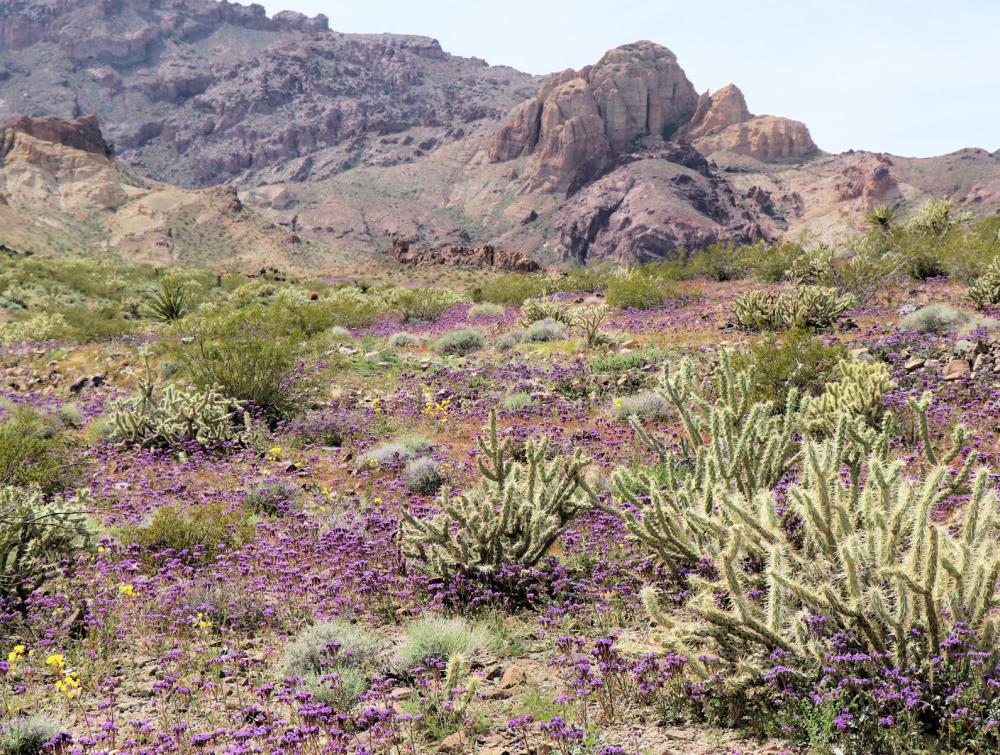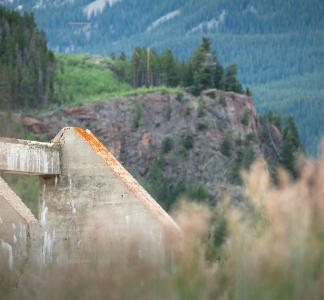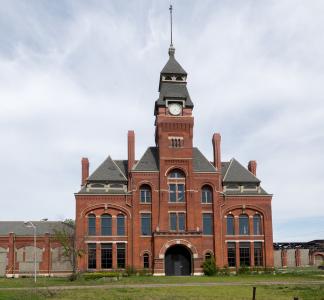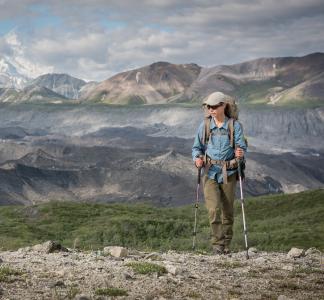4 places President Biden could protect as national monuments

East side of the Highland Range in the proposed Avi Kwa Ame National Monument, Nevada
Alan O'Neill
Designations could help tell diverse communities’ stories
One of President Biden’s biggest moments in office so far was restoring protections to Bears Ears, Grand Staircase-Escalante and Northeast Canyons and Seamounts national monuments in 2021, nearly four years after Trump unlawfully contracted them. But he has yet to protect any “new” national monuments.
More: What is a “national monument”?
We’re hoping that streak ends soon, and there are a few great opportunities to get it done. Monument designation for places like Avi Kwa Ame, in Nevada, and the Castner Range, in Texas, will help protect places that hold tremendous significance for Indigenous and Latinx communities, plus wildlife habitat and healthy watersheds.
Below, we’re taking a look at some of the amazing places that President Biden has the power to protect right now.
This land of ancient Joshua tree forests and dramatic desert terrain in southern Nevada is the ancestral homeland of 10 Indigenous tribes (the Mojave, Hualapai, Yavapai, Havasupai, Quechan, Maricopa, Pai Pai, Halchidhoma, Cocopah, and Kumeyaay) and sacred to the Hopi and Chemehuevi Paiute. Avi Kwa Ame, whose name means "Spirit Mountain" in the Mojave language, contains important wildlife habitat and outdoor recreation areas, too.
But in recent years, there has been pressure to develop in and near Avi Kwa Ame, potentially threatening numerous important cultural and natural sites. The campaign to protect it as a national monument, initiated by the Fort Mojave Indian Council decades ago, would help safeguard these places.
More: 4 reasons President Biden should protect Avi Kwa Ame in Nevada
If the president acts to designate Camp Hale-Continental Divide National Monument, encompassing Camp Hale and part of the Tenmile Range, it will help preserve an important military history site plus a stretch of the surrounding mountain range that is sometimes called the birthplace of the outdoor recreation industry. These areas are cherished for hiking, hunting and climbing, and lands along the Continental Divide contain some of the most important wildlife habitat and migration corridors in the country.
More: Colorado’s Camp Hale recognizes military history in wild setting
A former weapons testing range on the eastern slope of Texas’ Franklin Mountains, the Castner Range has long been a favorite of the mostly Latinx communities in and around El Paso, which don’t have much available green space and have rallied around the cause of protecting it since 1971. There are few monuments or other protected public lands catering to Latinx communities or communities of color, and protecting Castner Range is a good place to start in making monuments more equitable and inclusive. It would also help keep migration corridors intact in an important stretch of the Chihuahuan Desert that plays host to more than 25 endangered, threatened or otherwise at-risk species.
More: 4 reasons for President Biden to protect Texas’ Castner Range
Source of countless tall tales thanks to an off-limits laboratory studying infectious animal diseases, Plum Island has also become known as a natural respite for numerous birds and other wildlife that have been able to flourish in relative isolation for decades. Now that the laboratory is slated to move to Kansas, time has come to plan the future of the 840-acre island, which sits off the coast of the North Fork of Long Island and about 100 miles east of New York City. For years, local activists and lawmakers have advocated for protection of Plum Island. National monument designation would provide protection for more than 100 species that are endangered or otherwise of “conservation concern”; allow access to the public for recreation and research for the first time; and aid preservation of two historic sites on the island (a 19th century lighthouse and an old naval-defense facility).
What are national monuments (and what do they have to do with equity)?
Contrary to common understanding, a “national monument” doesn’t have to involve a statue or big granite columns. We’re talking about a range of historic, cultural and natural sites protected under a law called the Antiquities Act—used by nearly every president, Democrats and Republicans alike, since it was signed into law in 1906. This designation has been used to protect everything from the Grand Canyon to historic battlefields. Many of those monuments have since gone on to be established as national parks.
While the Antiquities Act has been used to preserve millions of acres of land across the country, the majority of those sites have disregarded women, people of color, LGBTQIA+ people and Indigenous people. A recent report from the Center for American Progress found that less than one-quarter of national parks and monuments tell the stories of diverse communities. Black, Latinx, Asian and LGBTQIA+ people are represented in these sites at less than half their share of the U.S. population.
Less than 1/4th of national parks and monuments tell the stories of underrepresented communities
This imbalance is part and parcel of a persistent inequity problem on public lands and in the outdoors more generally. Systemically racist policies and norms have resulted in a nature gap that leaves communities of color with less access to the outdoors, and the crowds at national parks and other public lands are still mostly white and wealthy. Some research has suggested that ensuring monuments are more representative and diverse could be a small part of encouraging more people of color to visit.
That brings to us one of the reasons national monuments are important, beyond affording protection for wildlands, habitat and cultural sites: they’re a direct way that a president can help chip away at this nature gap inequity.
President Biden has the opportunity to recognize and increase the visibility of special places that are the lifeblood of communities so often left out of the national discourse and national mythmaking. We look forward to working with him to get it done!



